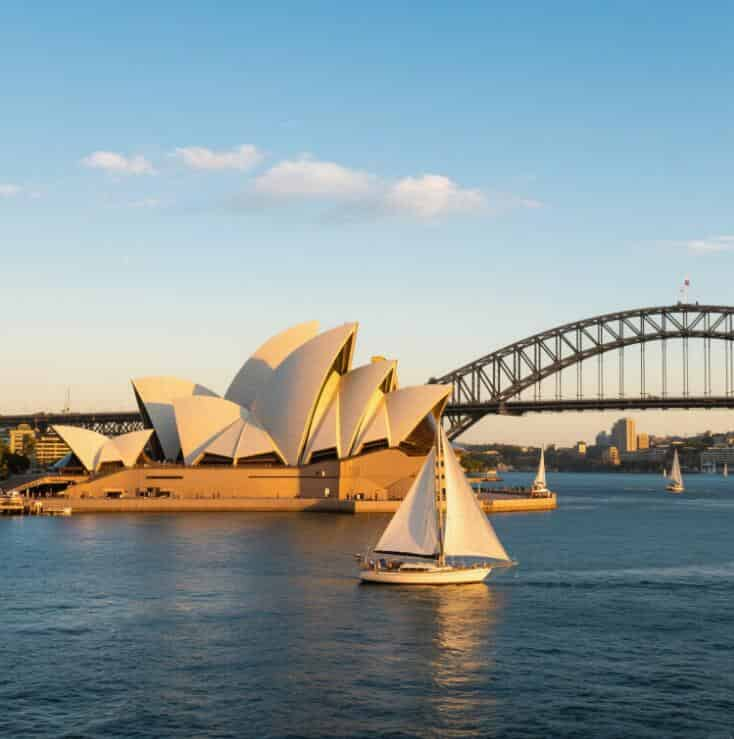Life is not a straight line but a swirling dance – sometimes graceful, sometimes stumbling, but always moving forward in its own imperfect rhythm. From the first cry of a newborn to the last whisper of the elderly, this dance takes countless forms, each telling a unique story while being part of humanity’s collective choreography. What makes this dance worth dancing? How do we find our footing when the music changes unexpectedly? By exploring life’s movements – its beginnings, stumbles, connections, and final bows – we discover that meaning emerges not from avoiding missteps but from fully engaging in the dance itself.
The Opening Steps: The Miracle of Being
Every human life begins with a biological marvel – the precise combination of 3 billion DNA base pairs that makes each of us genetically unique. The mathematics are staggering: the probability of your exact genetic code existing is about 1 in 10^2,685,000 – a number so large it exceeds all the atoms in the known universe. Yet here we stand, the latest dancers in an unbroken lineage stretching back to the first single-celled organisms that emerged nearly 4 billion years ago.
Modern physics adds another layer of wonder: the carbon, oxygen and nitrogen atoms comprising our bodies were forged in the nuclear furnaces of ancient stars. We are, quite literally, the universe becoming conscious of itself. This cosmic perspective transforms how we view our brief time on Earth’s stage – not as insignificant specks but as conscious participants in evolution’s grand performance.
Finding the Rhythm: The Necessity of Struggle
No dancer masters their art without falling, and no life unfolds without struggle. Contemporary psychology reveals a counterintuitive truth: people who face moderate adversity often develop greater resilience and life satisfaction than those who experience either constant hardship or uninterrupted ease. This “goldilocks effect” of challenge suggests that growth requires just the right amount of difficulty – enough to stretch us but not break us.
Consider the Japanese art of kintsugi, where broken pottery is repaired with gold lacquer, making the fractures part of the object’s beauty. Similarly, our emotional scars and repaired dreams often become sources of wisdom and strength. The career setback that redirects us to more meaningful work. The failed relationship that teaches us about healthy love. The illness that reveals our inner fortitude. As psychologist Carl Jung observed, “There is no coming to consciousness without pain.” Our stumbles, when embraced, become integral to our dance’s beauty.
Dancing Together: The Power of Connection
While solo performances have their place, life’s most meaningful moments occur in partnership. Neuroscience shows that human brains are wired for connection – when we interact positively with others, our bodies release oxytocin, dopamine and endorphins that reduce stress and increase well-being. The Harvard Study of Adult Development, one of the longest-running happiness studies, found that strong relationships were better predictors of long-term health and happiness than wealth, fame or even genetics.
Yet modern society increasingly isolates us – we’re digitally connected but emotionally distant. The challenge of contemporary life is to reclaim authentic connection in an age of curated social media personas. Like dancers who must maintain both individual expression and group synchronization, we thrive when we balance personal growth with community engagement. The most fulfilling lives, research suggests, are those that contribute to something larger than themselves.
The Changing Tempo: Time’s Relentless Flow
Every dancer knows the performance must eventually end, and so too with life. Our perception of time creates one of existence’s great paradoxes – childhood summers feel endless while adult years slip by like sand through fingers. Psychologists attribute this to “the reminiscence bump” – we recall more memories from ages 15-25 because this period contains many first experiences that our brains encode more richly.
This understanding carries profound implications: if we want to slow time’s subjective passage, we must keep growing and experiencing novelty throughout life. Studies show that learning new skills in later years can literally make time feel more expansive by creating fresh neural pathways. The elderly who remain intellectually curious and socially engaged consistently report higher life satisfaction, proving that while we can’t add more years to life, we can always add more life to our years.
The Final Bow: Leaving a Legacy
As any performance concludes, dancers consider what impression they’ve left. Similarly, research into “generativity” – the human desire to positively impact future generations – shows that people who focus on legacy experience greater meaning as they age. This might involve mentoring, creating art, or simply being the kind of person who makes others’ lives slightly better.
Palliative care research reveals a striking consistency in deathbed reflections – people rarely regret professional achievements not reached, but rather the love not expressed, the forgiveness not given, the adventures not attempted. These revelations suggest that our final bow matters less for its technical perfection than for its authentic expression of who we truly were.
The Dance Continues
Life’s beauty lies precisely in its impermanence and imperfections – the slightly off-balance pirouette that reveals humanity, the shared laughter when partners bump into each other, the quiet satisfaction of having danced fully rather than perfectly. Like jazz musicians who find harmony in improvisation, we create meaning by responding creatively to life’s unpredictable rhythms.
The great paradox is this: by fully embracing life’s temporary nature – its inevitable stumbles, changing partners, and final curtain – we paradoxically find its deepest joy. For in the end, what matters is not how perfectly we performed but how completely we danced, how deeply we connected, and how authentically we added our unique movements to the eternal human dance.
